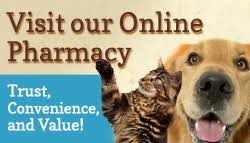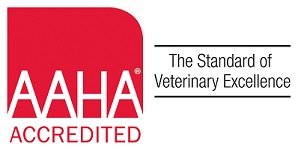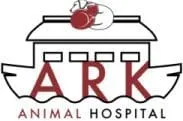Anesthesia can be very scary for pets and their owners. Any procedure requiring anesthesia should be taken seriously but it does not need to cause fear. When evaluating the risk associated with an anesthetic case the patients physical condition is assessed first. Taking into account their medical history, physical condition and age. Whether your pet is young or old, a pre-anesthetic physical exam will be performed with the necessary blood work to assure that you pet is as healthy as possible. Our goal is to minimize the amount of time your pet is under general anesthesia and to manage anesthetic depth during the procedure. The reduce anesthetic depth and duration we balance anesthetics with pre-anesthetic administration of analgesic and sedative drugs. This helps reduce your pet's stress, makes them more comfortable, and can allow for a reduction in the amount of anesthetics required; thus making recovery smoother. Close monitoring of vital functions ensure that we only use what is necessary to keep your pet safe. We follow anesthetic monitoring recommendations set for the by the American College of Veterinary Anesthesiologists, and have invested in state-of-the-art automated vital signs monitoring equipment specially designed for use on animals. A trained Animal Health Technician will be at your pet's side, responding to feedback from the monitoring system and using their hands on clinical expertise to manage your pet's proper anesthetic depth. The technician relays information to the veterinarian who is apprised of your pet's progress throughout the procedure. Dehydration is a major risk factor in the development of hypotension (low blood pressure) during anesthesia and surgery. Fluids are administered during the procedure via a pre-placed venous catheter to maintain blood pressure at acceptable levels. The IV catheter is essential to provide an immediate route for administration of fluids during and after the procedure, especially in response to changes in blood pressure trends or to administer other medications as needed. Robert M. Smith once said, "There are no safe anesthetic agents;there are no safe anesthetic procedures;there are only safe anesthetists." So, to mitigate the risks associated with anesthesia, we take a number of measures to ensure your pet is as safe as possible during the procedure.
Anesthesia
posted: Jan. 12, 2015.
CONTACT US
Contact Us using the form or call us at (618) 207-4000
Location
Find us on the map
Office Hours
Our Regular Schedule
Office Hours
Monday:
8:00 am-5:00 pm
Tuesday:
8:00 am-5:00 pm
Wednesday:
8:00 am-5:00 pm
Thursday:
8:00 am-5:00 pm
Friday:
8:00 am-5:00 pm
Saturday:
8:00 am-12:00 pm
Sunday:
Closed




